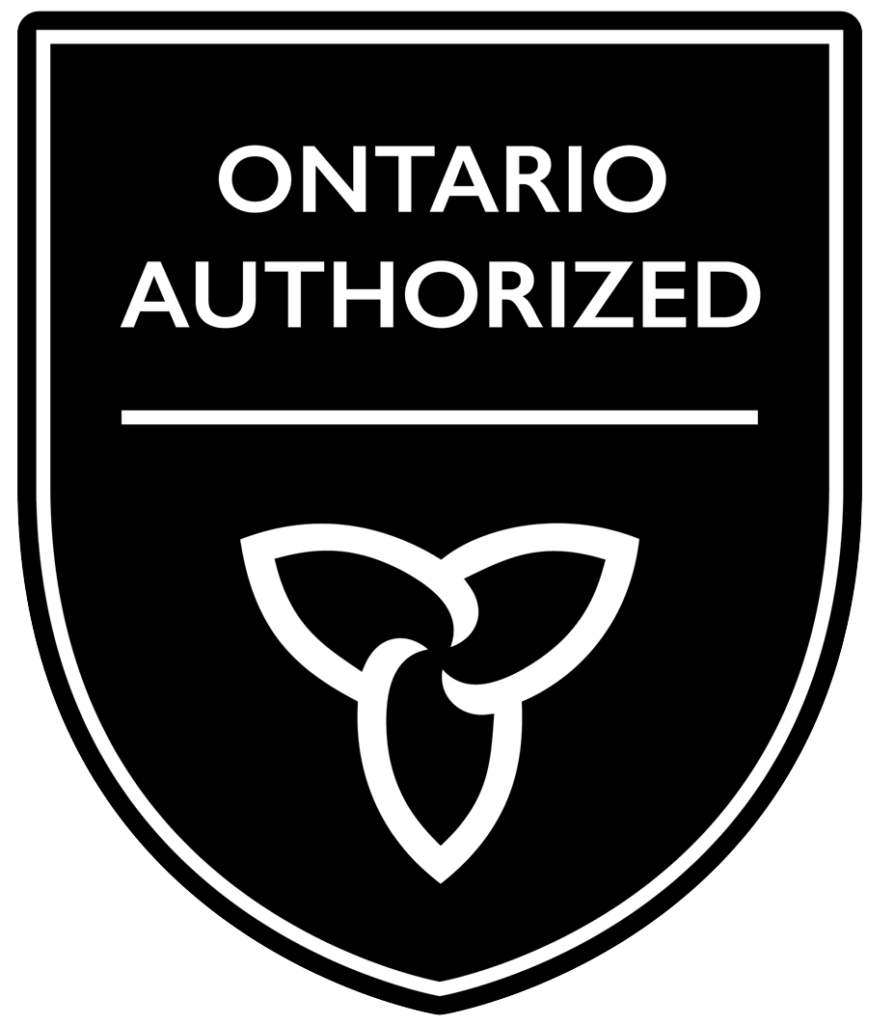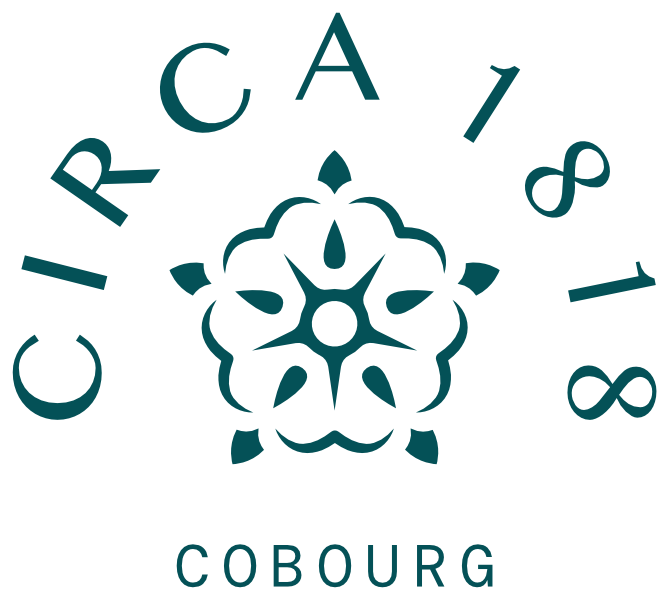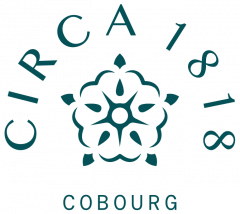Hey folks! Another week, another blog post. I’m sure there’s been many a held breath waiting for the second part of how cannabis potency is tested and if not, don’t tell me. My ego can’t take it. Anyway, lets’ get down to it!
Last time we discussed cannabis potency testing we established how to make sense of the information on the health Canada labels, and how to determine the cannabinoid percentage in the instance that it’s not been printed on the bag by the products grower. Now that you’re equipped with this knowledge it’s time to get into the nitty gritty of how they arrive at the numbers that they present to us on their packaging. Get ready to google some terms, cause we’re about to get all science-y!
The Sweet Science
While I’m aware of the sweet science of boxing, I’m a much bigger proponent of the sweet science of cannabinoid testing. Which is only partially due to the fact that I weigh like, 100 pounds soaking wet and once injured myself petting a cat. When we talk about cannabis potency testing, what we’re generally talking about is the testing of the two primary cannabinoids, THC and CBD. Other cannabinoids and terpenes can be tested for but aren’t a requirement under Health Canada regulations. You’ll notice that growers that are particularly proud of their flower tend to test for additional information, usually terpenes, in order to show off the higher quality grow of their product and to entice pot aficionados who are in the know about terpenes.
In order to determine the value of the cannabinoid that’s being tested for, a variety of processes are available. The most popular and common is high performance liquid chromatography aka HPLC. This fancy sounding process involves taking a sample of the cannabis that you want to test and dissolving it into a solvent in order to separate its components. Ethanol is generally used but other solvents have similar effects. Once the cannabis material is in the solution, high pressure is applied and the solution is pumped through a tube that has a sensor at the end that detects the UV light absorbance, which is the level of light absorbed by a sample of liquid. As the pressurized solution is pumped through this tube, the molecules will travel at different speeds. So, different cannabinoids will pass through that sensor at different rates, thus allowing the people running the tests to determine how much of each cannabinoid is present in the solution. Once they’ve done that they’re able to extrapolate what the overall value of the cannabinoids are present in the flower being tested and pass that information onto the grower and Health Canada so that it can be displayed on the packaging for the consumer.
That’s just one of the processes used to test cannabis potency, others exist but aren’t as popular or as easy for me to explain. Stoner science can be complicated. As I mentioned earlier, different growers will test for different compounds in their flower depending on how much information they want the consumer to have regarding the qualities of the flower. That’s why we tend to notice that craft growers have a propensity for just about covering their packaging with as much transparent information about the cannabinoids and terpenes as well as the growth information; they’re justifiably proud of what they’ve produced!
Did all this talk of potency trigger your desire for some quality ganja? Check our menu!







